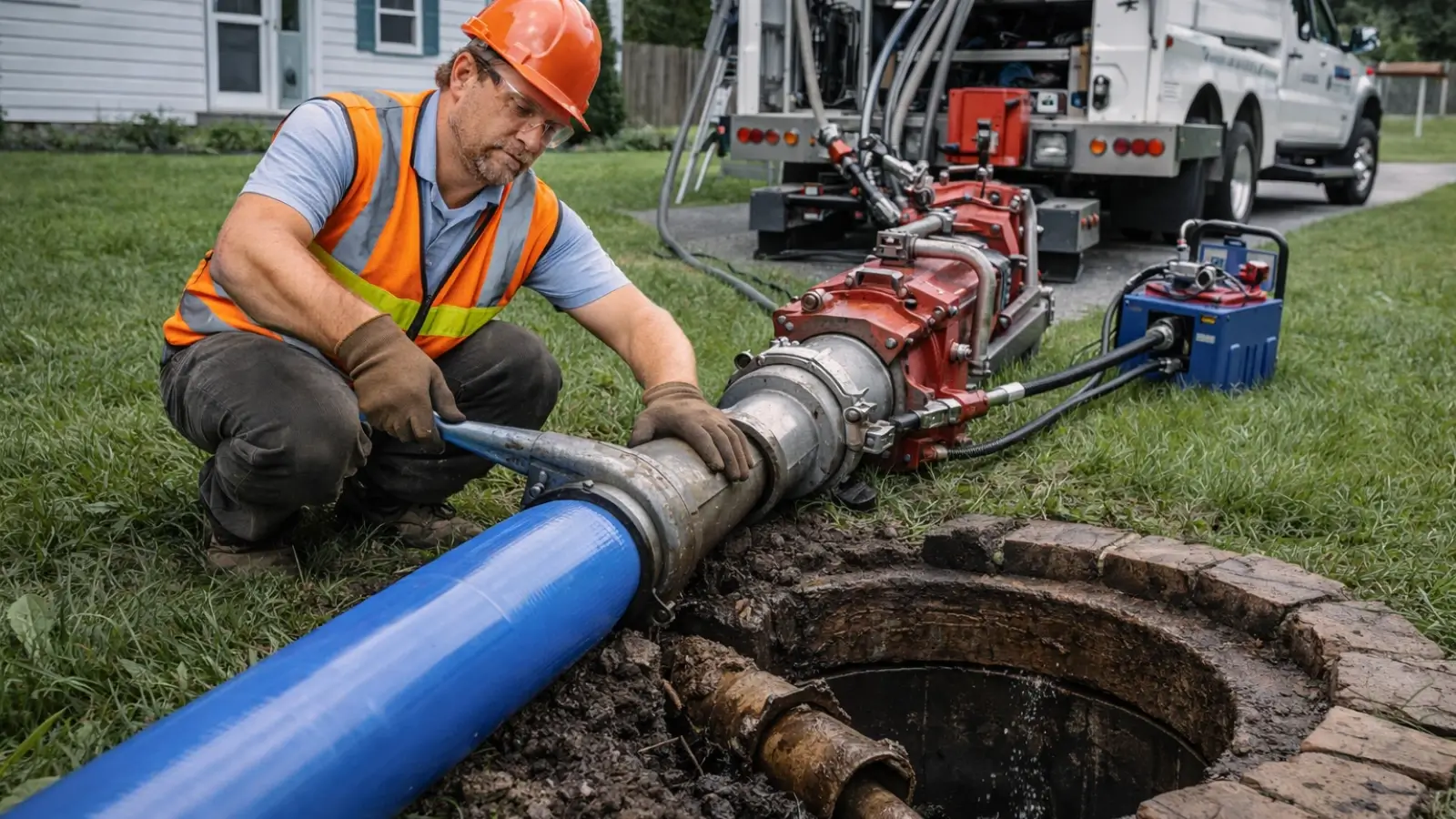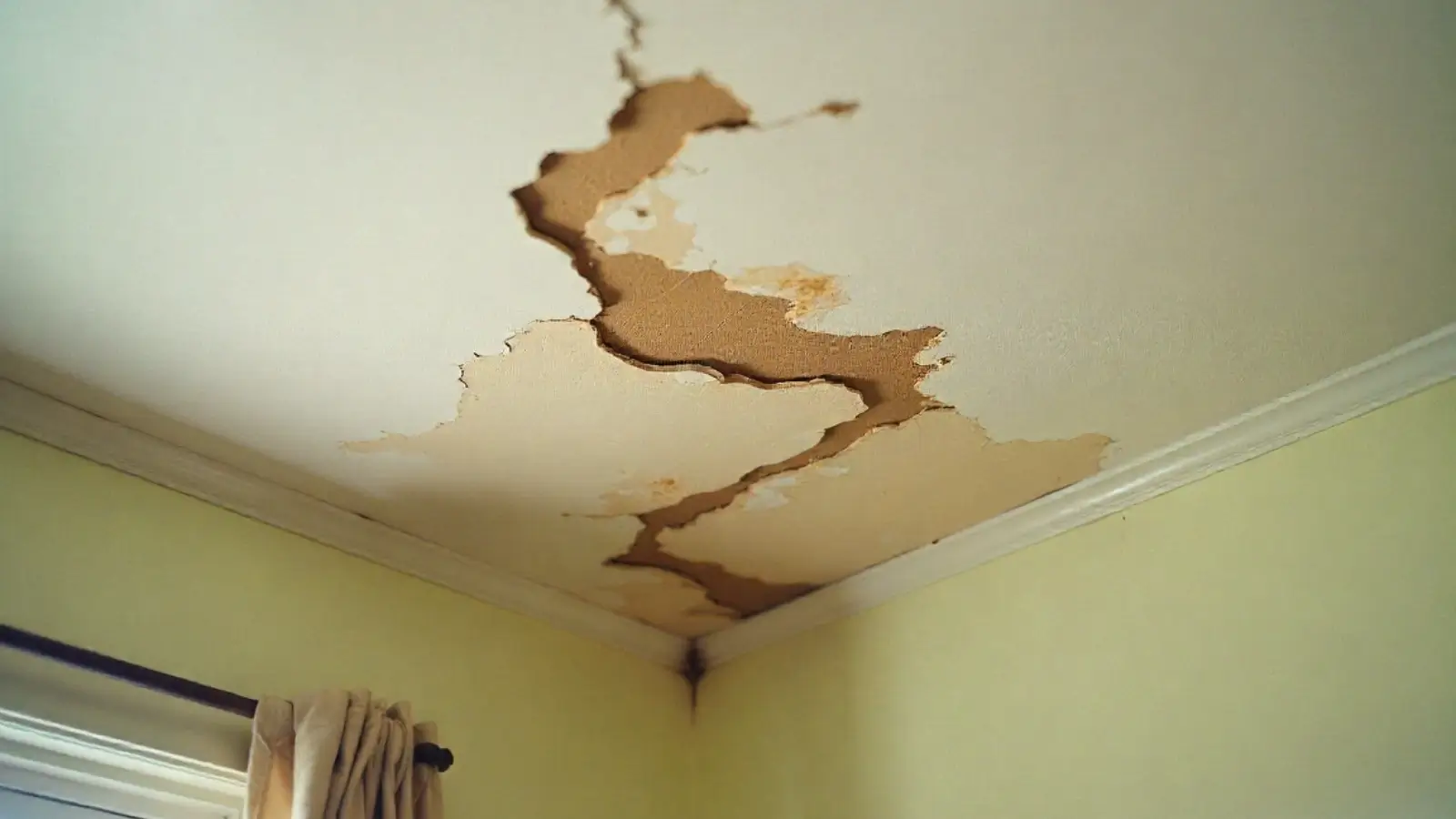There’s something about early winter that transforms the ordinary into something magical. Streets become brighter, windows glow with warmth, and rooftops sparkle against the crisp air. It's that time of year when the everyday becomes festive—when even the simplest homes take on a kind of theater through the quiet brilliance of Christmas lights.
And while the effect is magical, the process behind it often isn’t.
Holiday decorating has become more elaborate over the years. From simple string lights to synchronized displays, homes are now canvases for creativity. But between planning, untangling wires, climbing ladders, and checking faulty bulbs, it can also be one of the most frustrating seasonal chores. And, truthfully, not everyone enjoys spending their weekend wrestling with outdoor lights when the temperatures drop.
That’s where the shift begins—from DIY frustration to a more thoughtful, planned approach to holiday presentation.
A Canvas of Light
Think of your home as a structure with its own personality. The way it’s lit for the holidays should reflect that character. Colonial homes lean toward symmetry and elegance. Mid-century ranches look great with pops of color and low roofline accents. Modern builds benefit from clean, minimal lighting designs that enhance architectural edges.
But beyond aesthetics, there’s a technical side that’s easy to overlook.
Light clips must be carefully matched to the type of trim. Bulb wattage needs to be consistent for safety and longevity. Outlets should be grounded, cords properly rated for outdoor use, and timers placed where they’re not only functional but discreet. That’s before even considering how to handle bushes, trees, walkways, and fencing.
Done right, it’s beautiful. Done haphazardly, it’s a hazard.
The Safety Side of Cheer
Each year, thousands of injuries are reported due to falls and electrical mishaps related to holiday decorating. The ladder is often the culprit. Slippery shingles, tangled wires, and overloaded circuits only add to the risk.
A smart approach to Christmas light hanging begins with safety—not sparkle.
It’s essential to:
-
Use commercial-grade lights rated for the outdoor environment.
-
Test all strands on the ground before installation.
-
Secure lights with clips—not staples or nails.
-
Keep cords clear of water-prone areas or snow build-up zones.
-
Use GFCI (ground fault circuit interrupter) outlets.
This is where professional installation becomes more than just a luxury. It becomes peace of mind. Homeowners save time and avoid unnecessary risk while still enjoying the full effect of a festive home. Some even schedule their installations early, well before the rush, to beat unpredictable weather and limited daylight.
Pressure Washing: The Pre-Decoration Secret
Here’s something few think about when planning their Christmas display: pressure washing.
Before hanging lights, especially on siding, gutters, or around the front porch, cleaning the surface ensures better adhesion, fewer issues with clips, and a much more polished look. Dirt, mildew, and debris don’t just interfere with attachment—they also diminish the visual impact of those crisp, twinkling lines.
Pressure washing walkways, driveways, and fences also adds to the overall aesthetic. It enhances the contrast between lights and surfaces, making every bulb stand out a little brighter.
This kind of prep work transforms holiday decorating from a routine to a reveal.
Design with Intention, Not Just Tradition
Traditions are wonderful—but they don’t have to mean repetition. The best lighting designs combine memory with intention. Maybe it’s time to retire the same red-and-white scheme in favor of something new. Perhaps it’s scaling back the clutter and focusing on key focal points: a roofline, a tree, a front porch column.
Start by walking the perimeter of your home at dusk. Which areas draw the eye naturally? Which zones feel too dark or disconnected? Use light to guide, highlight, and enhance—not overwhelm.
And don’t forget carpentry touches that may need small adjustments before decorating. Loose trim, damaged fascia boards, or splintered railings can all affect where and how lights are hung. A quick inspection saves hassle later.
A Balanced Holiday Plan
Not every square inch of a property needs lights. What matters most is balance.
Try this layout strategy:
-
Focal point: One high-impact area (roofline, gable, doorway).
-
Secondary features: One to three accent areas (wreaths, windows, fence line).
-
Ground-level path lighting: Walkways or shrubs with lower-brightness features.
This layered effect creates dimension and rhythm. It guides guests to the front door, provides curb appeal, and avoids the common mistake of trying to “cover” a house instead of enhancing it.
A painting company in Chicago recognizes this kind of detail, not just in paint and carpentry, but in seasonal design as well. Their team approaches holiday light hanging with the same level of precision, ensuring the final result looks deliberate, not rushed.
The Takedown Matters Too
When the holidays are over, the glow dims—but the work doesn’t end. Safe removal is just as important as installation. Yanking lights down damages siding, gutters, and painted trim. It’s also when people are most likely to rush—often in the coldest days of January.
Labeling lights by zone, storing them in dry, organized bins, and checking for damage ensures a smoother process the following year. It also protects your investment—because quality lights and clips aren’t disposable if treated well.
This is another reason professional installation often includes takedown services. What goes up with care comes down the same way—without risk or regret.
Light with Purpose
Holiday lighting is more than decoration. It’s an invitation. A welcome. A reminder that even in the coldest months, warmth lives here. It’s about joy—but also about effort, intention, and care.
Done thoughtfully, it becomes part of the home’s seasonal identity—just like a fresh coat of paint or a newly pressure-washed patio.
R&J Painting helps homeowners bring this vision to life with creative, safe, and well-executed installations that honor the magic of the season—without the hassle that often comes with it.

















